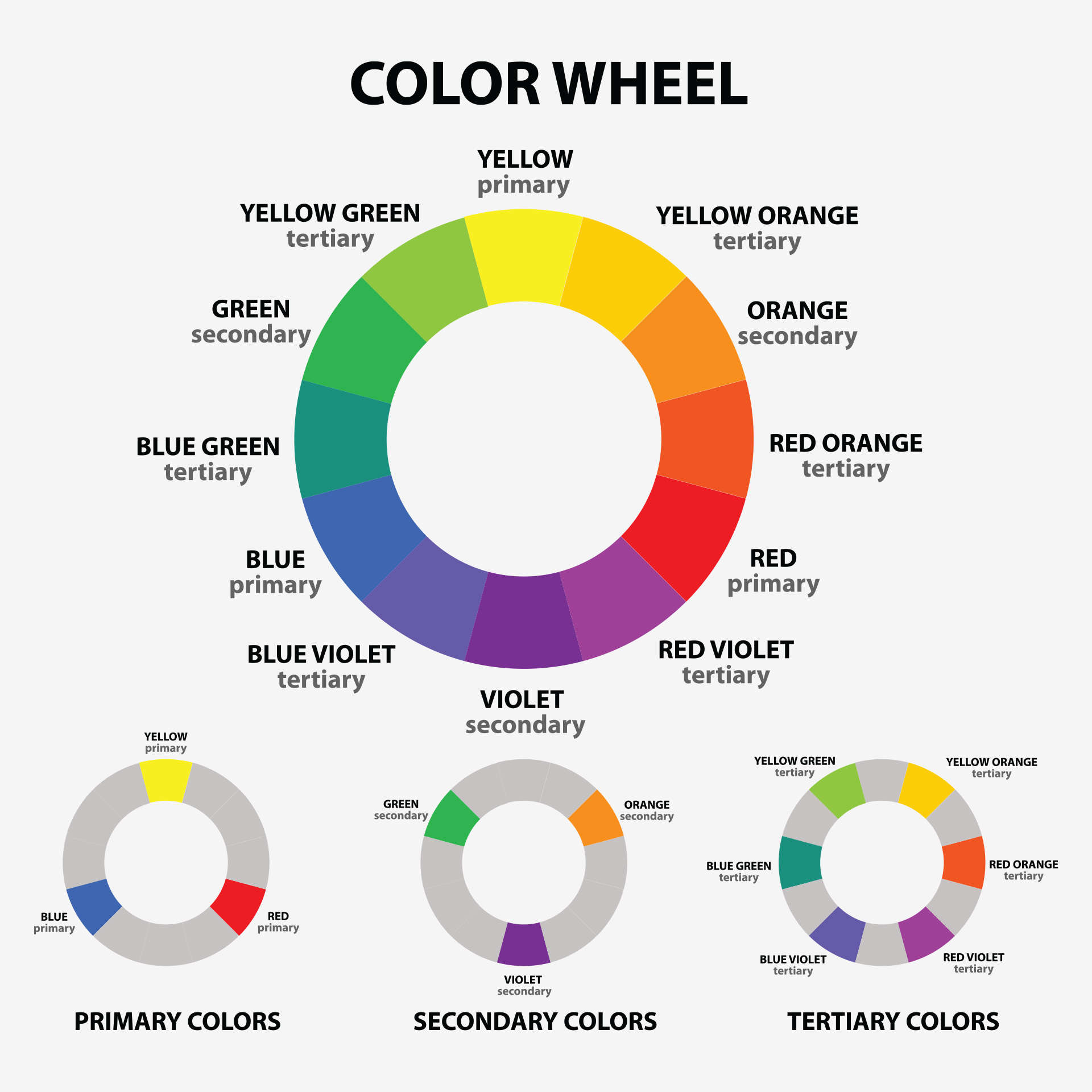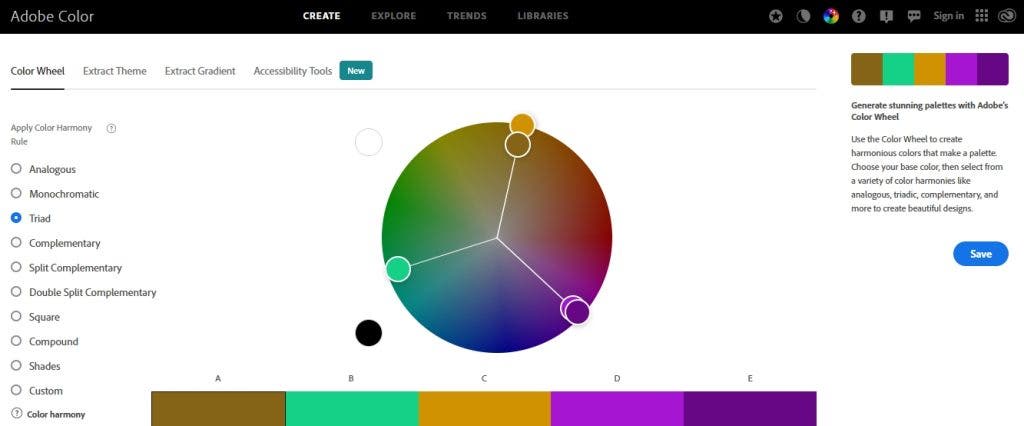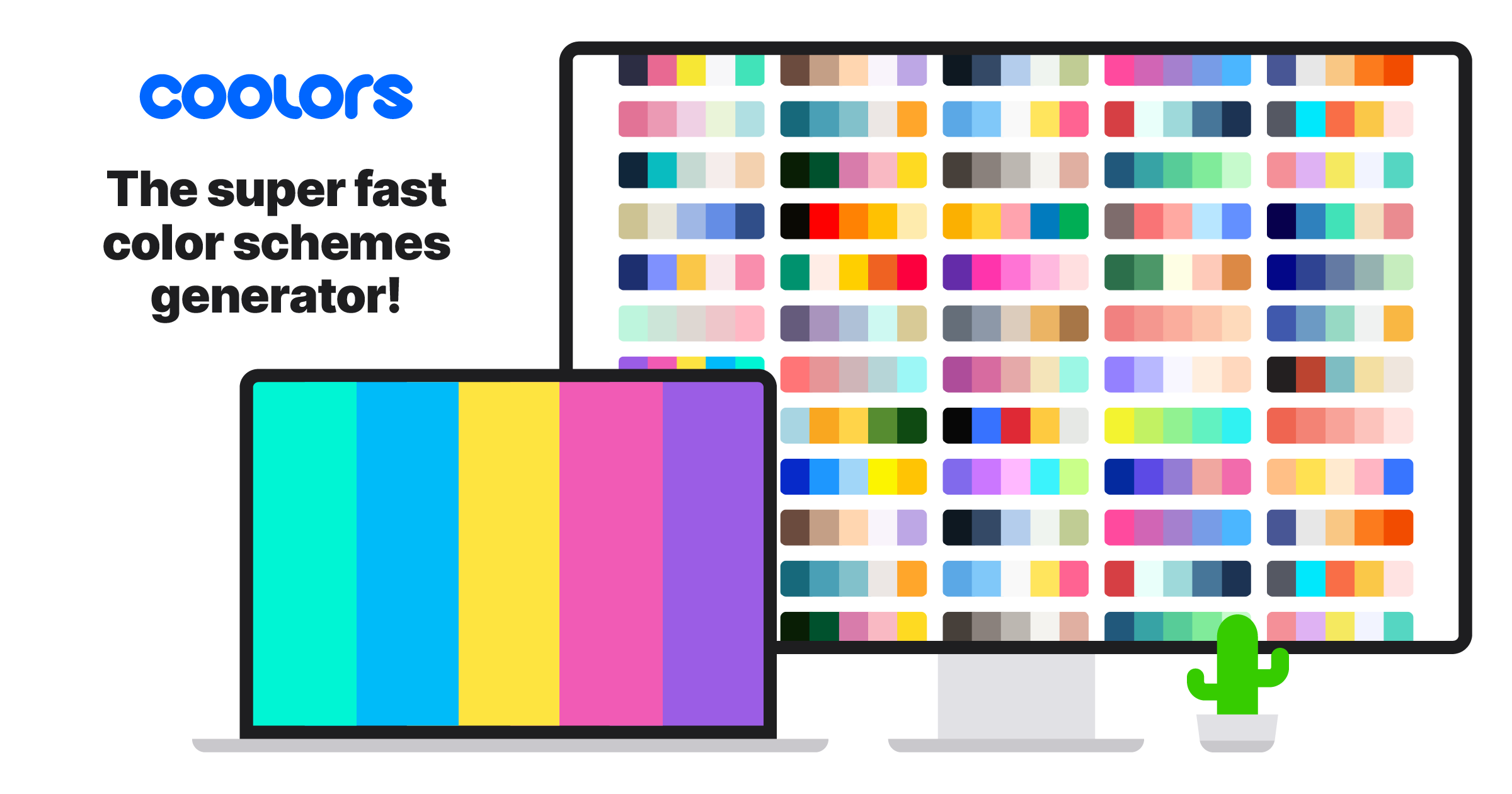The Psychology of Color in Branding: Enhancing Engagement Through Visual Identity
Meta Description: Explore how the psychology of color influences branding and consumer behavior. Discover practical insights and strategies to enhance engagement through effective visual identity.
In today’s competitive market, creating a strong brand identity is essential for any business. One of the most powerful tools at your disposal is color. The Psychology of Color plays an intricate role in shaping perceptions and influencing consumer behavior. Understanding how different colors resonate with your target audience can significantly enhance your branding strategy, ultimately leading to greater engagement and loyalty.
Author Introduction: Meet Konstantin Volkov, a marketing specialist with over 5 years of experience in SEO and branding. He has helped numerous businesses elevate their visual identity through insightful and effective color strategies.
The Historical Context of Color Theory
The study of color dates back centuries. Ancient civilizations recognized the power of color in art, architecture, and daily life. Color theory has evolved through various philosophical and scientific lenses, with significant contributions from theorists like Johann Wolfgang von Goethe. Goethe’s work on the emotional impact of colors has laid the foundation for modern applications in branding.
Evolution of Color Usage
In the early 20th century, Joseph Albers emphasized the relativity of color perception. His impact on visual art and design helped shape the understanding that color can evoke feelings and reactions. Today, marketers harness this knowledge to connect with consumers more effectively.
Understanding the Color Wheel
Having a grasp of the color wheel is fundamental for anyone involved in branding. The wheel is divided into primary, secondary, and tertiary colors.

The Color Wheel Breakdown
| Color Type | Colors |
|---|---|
| Primary | Red, Blue, Yellow |
| Secondary | Green, Orange, Purple |
| Tertiary | Red-Orange, Yellow-Orange, etc. |
Colors can be classified as warm (reds, oranges, yellows) or cool (blues, greens, purples). Warm colors often evoke feelings of warmth and excitement, while cool colors are associated with calmness and trustworthiness. Understanding this distinction is crucial when designing your brand identity.
Examples of Color Psychology in Branding
To illustrate the psychological impact of color, let’s look at some well-known brands and their strategic color choices.
Case Studies in Branding
Coca-Cola: The brand uses red, which symbolizes excitement, passion, and energy. This color choice has played a key role in establishing Coca-Cola as a vibrant and dynamic brand.
Starbucks: The use of green signifies harmony, growth, and sustainability. This choice not only reflects their commitment to environmental values but also resonates with consumers seeking a peaceful coffee experience.
Effects of Color on Consumer Behavior
Studies show that color can increase brand recognition by up to 80% and that 62% to 90% of snap judgments about products are based on color alone. An analysis by the University of Loyola demonstrated that effective color application can significantly affect sales and customer loyalty.
Psychological Impact Studies
Research by the Institute for Color Research confirms that consumers form an emotional response to colors even before they fully process a brand's message. These insights are invaluable when creating your brand’s visual identity.
Cultural Contrast in Color Perception
One critical aspect of color psychology is understanding cultural differences. For instance:
In Western cultures, white is often associated with purity and weddings, while in some Eastern cultures, it may symbolize mourning.
Red is considered lucky in China but can represent danger in Western contexts.
Being aware of these cultural nuances is essential for global brands to ensure their color usage resonates positively across different markets.
Practical Tips for Creating Color Palettes
When developing your brand's color palette, consider the following best practices:
Define Core Values: Choose colors that align with your brand's values and message.
Use Color Combinations: Explore complementary, monochromatic, or analogous color schemes to enrich your branding.
Color Tools for Application
Tools like Adobe Color and Coolors can be valuable in helping you create visually appealing and effective color palettes.


Implementation in Digital Platforms
Color choices play a pivotal role in digital marketing. Here are some actionable suggestions for web design and social media:
Contrasting Colors: Use contrasting colors for call-to-action buttons to increase visibility.
Emotional Impact in Content: Different types of content (infographics, product showcasing) can benefit from tailored color usage.
The Importance of Testing and Experimentation
A/B testing different colors can yield insightful results. For example, Booking.com has repeatedly tested color variations to optimize user experience and maximize conversion rates. Such practices emphasize the need for continuous improvement in your branding strategy.
Interactive Elements and Reader Engagement
To engage your readers, consider providing interactive tools or quizzes to help them understand their brand’s color psychology better. This not only enhances the reading experience but also fosters a connection between your insights and their brand strategy.
Conclusion: Inspiring Action Through Color
By leveraging the psychology of color in branding, you can create engaging visual identities that resonate with your audience. Take a moment to analyze your current branding; does it reflect the emotions you intend to evoke? Challenge yourself to adapt your brand's color choices based on the principles discussed in this blog.
Explore the potential of color in your branding strategy, and start shaping connections that can enhance customer loyalty and drive sales. For actionable insights and assistance, consider signing up for our newsletter to receive expert tips and updates on branding and marketing strategies. Let's embark on a journey toward building a compelling visual identity together!
